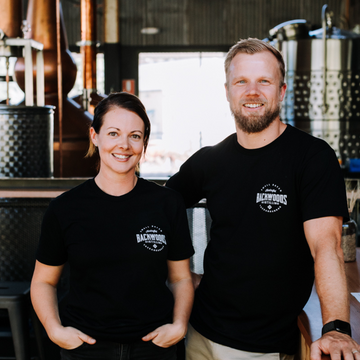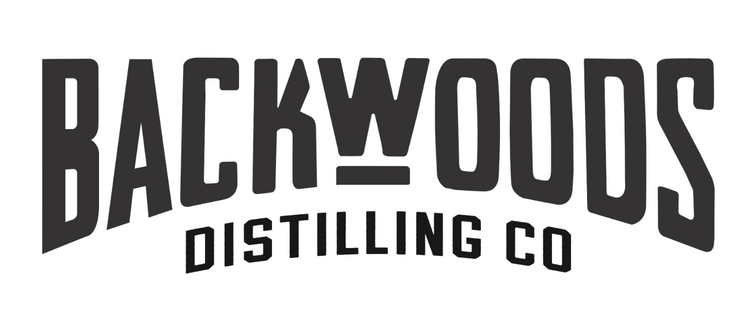
If you're someone who takes pride in their love for whisky and is always on the lookout for new flavours to explore, Australian single malt whisky should definitely be on your radar. Australian whisky has a unique taste, fascinating history, and great potential for those who are open to exploring it.
A Unique Local Flavour
Let's start by talking about the flavours that Australian single malt whisky has to offer. This type of whisky is known for its fruity and floral notes, which are complemented by hints of honey and vanilla. These flavours are a result of the country's unique climate and terroir, which give the whisky a distinct character that sets it apart from whisky regions across the world.
Many local distilleries (like us!) are using Australian malted barley and maturing our whiskies in local casks. With the many renowned wine regions across our country, it makes perfect sense to reclaim casks that held wine, fortifieds or other whiskies to continue their journey in creating tasty Australian beverages!

Food and Whisky - The Perfect Pair
Man of us Aussies are also big foodies! And when it comes to food pairings, Australian single malt whisky can be paired with a variety of dishes. It pairs particularly well with rich, flavorful dishes such as steak or barbecued meats. However, it can also be enjoyed with sweeter flavours like chocolate and caramel. The versatility of this whisky makes it an ideal choice for those who enjoy experimenting with different flavour combinations.

Australian whisky has a surprisingly long history
While it's commonly thought that the Australian whisky scene is relatively new, the industry has a history dating back to the early 1800s. Here's a brief snapshot of some of the key events
- Evidence of the first legal whisky distillery was in Hobart in 1822 and in 1838 the Governor of Tasmania banned whisky production in that state.
- A handful of distilleries in the mainland commenced operation over the 1800s.
- In 1901 the 'distillation act' came into effect which regulated that a distillery must have a capacity of 2700L in a wash run. This brought the end of craft and small scale distilleries.
- In 1928, Corio Distillery was built in Geelong and became the country's largest whisky producer. It closed in 1989 when the import tariffs made imported whisky much cheaper.
- No whisky was produced in Australian between 1980 and 1990.
- The 'new wave' of distilleries started in Tasmania in the early 1990s, and since then, the industry has continued to grow and innovate.
- Today, there are several hundred distilleries scattered across the country that produce high-quality single malt whiskies that are enjoyed by whisky enthusiasts all over the world.
- The Australian whisky industry is still fighting for a fairer tax system that will help the local industry thrive and grow.
Start exploring with a whisky cocktail
If you're new to whisky and keen to start with cocktails, before heading into the neat sippers, we've got you covered. Some classic options include the Old Fashioned or the Whisky Sour. For a great list of easy cocktails for beginners to try, head to the World Whisky Day's recipe list.

Support the local whisky industry
The message we're hoping to get across is that Australian single malt whisky is a spirit worth exploring for those looking for something new and exciting to add to their collection. With its unique flavours, rich history, and versatility, it's no wonder that this type of whisky has been gaining popularity among whisky enthusiasts all over the world.
It will take the support of the local community to help the industry to thrive and grow. We hope that this little article might encourage you to look closer at Australian whisky and give it a try. The great thing is, you can visit many of the distilleries and buy a bottle direct from the hands that make it!
